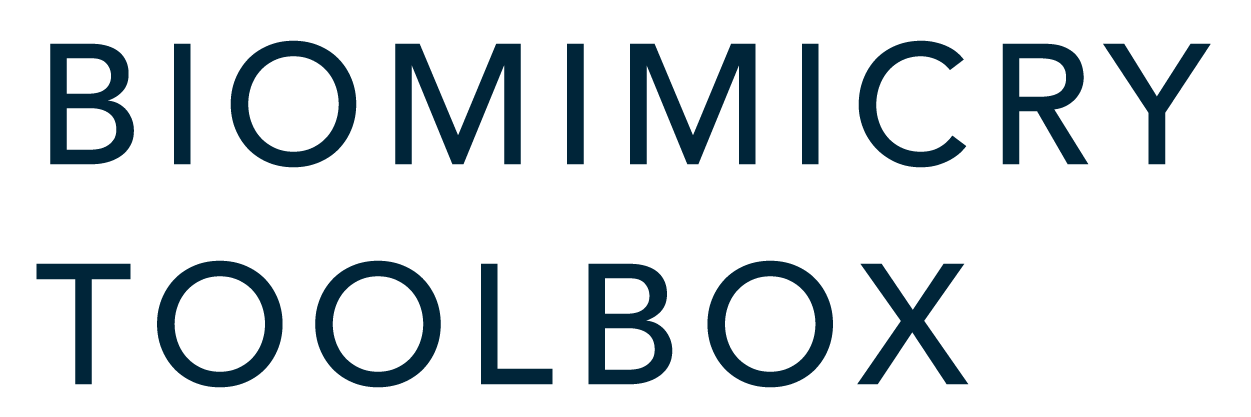What is Design?
“Everyone designs who devises courses of action aimed at changing existing situations into preferred ones.”
– Herbert A. Simon, social scientist
The products of design are all around us. Every human-made thing you use and service or system you interact with was designed by someone – whether or not they considered themselves a designer.
Objects and graphics are obvious examples of design, but design decisions play an important role in less tangible outcomes, such as services and systems and the plans and policies that affect community life. In many ways these “invisible” designs have an even bigger impact on how we live and experience the world.
Think about your kitchen. Every object in it – the stove, table, refrigerator, right down to the forks in your silverware drawer – was designed. But think a bit further. How did the food get to your fridge? What design process went into ensuring that, when you turn the faucet on your sink, water will come out? All of this infrastructure was designed, too.
Design can describe a wide variety of human creative practices, such as:
Architecture
Automotive design
Biomedical design
Business model design
Chemical engineering
City and regional planning
Communication design
Electrical engineering
Fashion design
Game design
Graphic design
Industrial design
Interaction design
Interior design
Landscape architecture
Lighting design
Mechanical engineering
Multimedia design
Product design
Process design
Service design
Software design
Sound design
Systems design
Urban design
Web design
Because design decisions have such wide reaching impacts, in recent decades the use of design methods and tools (sometimes called “design thinking”) has spread beyond the confines of the “traditional” design disciplines and is used as a process for innovative thinking among business people, educators, scientists, social workers, communities, and many others. Dozens of domain- and discipline-specific design approaches exist today to help practitioners describe and organize the design process. Engineering Design, Human-Centered Design, User-Centered Design, and Design Thinking are a few that may be familiar to you.
Common phases of design
Despite the diversity among them, there are a few key phases of activity that are common to virtually all design and creative problem-solving activities. At a very basic level, all design processes require you to research and understand the design opportunity, develop and explore a variety of potential solutions, and then proceed to test those ideas and refine them until arriving at a final product. Different disciplines and design methodologies may use alternative terms to refer to these same general ideas.
In the practice of biomimetic design, we go through each of these phases as well – they are simply approached with a slightly different perspective. The Core Concepts and Methods sections of this toolbox provide an orientation to that perspective and offer a practical framework — the Biomimicry Design Spiral — that describes the essential steps a design team should take when seeking biomimetic solutions to a design challenge.
Where to next?
As you begin your learning journey, we suggest exploring the Core Concepts of biomimicry in the next section of the Toolbox.
Photo Credits
Kitchen: Emily May CC-BY via Flickr


